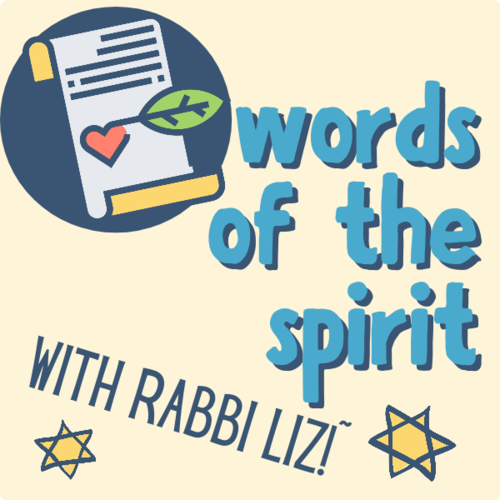Happy Living in "Two Civilizations"
29/10/2019 08:14:22 PM
| Author | |
| Date Added | |
| Automatically create summary | |
| Summary |
And now, for something completely … regular.
We say farewell to Tishrey 5780 the same week that we welcome (regard with annoyance? celebrate? ignore?) Halloween. Because nothing says the Jewish fall festivals are over more clearly than the proliferation of skeletons, ghosts, and the creepy spray stuff that covers doorways and shrubs.
My view of Halloween? Two thumbs up, because it doubles the number of times per year that Jewish children (and adults) are ritually enabled to dress in a costume. Not all my colleagues share this view. There are annual debates about whether or not to alter the schedule of the weekly afternoon Hebrew school when Halloween falls that year on the school’s day of learning, or whether or not to “permit” students to wear their costumes to the shul school that week.
It would be silly of me to speculate on what Rabbi Mordecai Kaplan would have said, but I can pull out one of his well-known teachings, the essence of which offers that we Jews, and those in Jewish families, live in “two civilizations.” For Kaplan in his time, Jewish civilization - the ancient heritage as it evolved into modern Jewish life – and the American culture-and-life-writ-large needed to intersect in the lives of American Jews in rich and harmonious ways.
Kaplan took this notion of living in two civilizations seriously. The earliest iterations of Reconstructionist prayer books included readings and newly composed prayers for a variety of secular observances, including Thanksgiving, Independence Day, and Memorial Day.
I’m not suggesting that civil society events that are largely commercial, such as Halloween and (Saint) Valentine’s Day, long denuded of their own particular ritual roots, somehow find their way into our ritual texts or practices. Syncretism was not Kaplan’s project, nor is it ours. But regular life for Jewish families in North America in the twenty-first century does entail engaging with a wide range of customs and practices, far transcending even the limit of two. This is certainly the case in Canada. Our consciousness must not only extend to the “two solitudes” of Anglophone and Francophone heritages, but to the First Nations, Inuit and Metis civilizations of our Indigenous peoples.
The children of our community and our neighbourhoods already know more about the wide range of “Canadian” (multi)cultures and customs than I did growing up in the ‘60s. It is a good thing that we have a greater consciousness of what we can wear in ways that honour, and what we can wear in ways that insult. A conversation about what it means for Jewish children in Canada to “observe” Halloween can be an interesting and invigorating one, one that could lead to even more interesting and challenging conversations about all of the civilizations with which we interact. It brings to mind issues that some of our community’s parents have raised when their children’s schools have Ethnic or Cultural festivals, and their child is expected to don a “costume” of the Jewish people. We’ve been seeing a broader conversation underway in our civil society about secular as well as sacred garb, though not always in ways that are constructive.
So this week, a date on the Jewish calendar will go by, quietly observed in the traditional morning liturgy with a Torah reading and some special prayer insertions, and by women’s Rosh Hodesh groups: the new month and new moon of Marcheshvan, which is marked on October 29 and 30. The next day on the secular calendar will be observed enthusiastically by many, with candy, costumes, and trick-or-treating.
And then, things just get regular, for a little while, at least in two of our civilizations.
- Rabbi Liz
Tue, 8 July 2025
Special Messages from the Rabbi
Privacy Settings | Privacy Policy | Member Terms
©2025 All rights reserved. Find out more about ShulCloud







